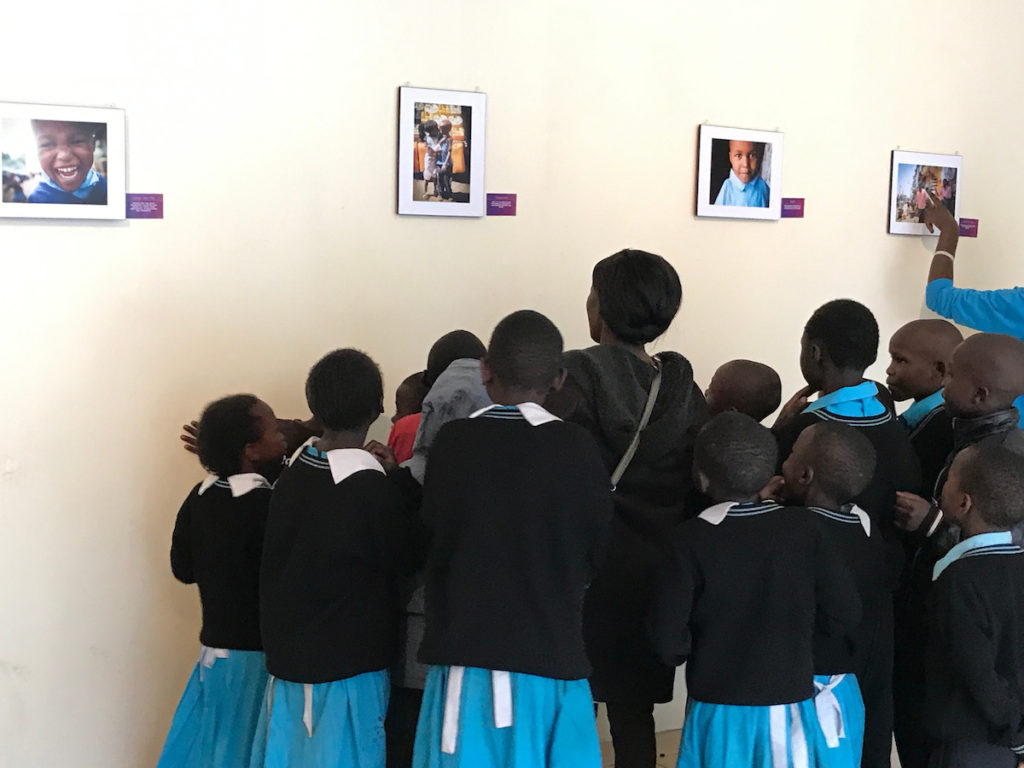How Photo Start uses photography to teach and foster creativity
We recently learned of a program called Photo Start, a program which teaches photography and related marketable skills to children in depressed areas of Kenya. To learn a little more about how the program helps to empower the children to be successful and independent in any field, you can read more below!
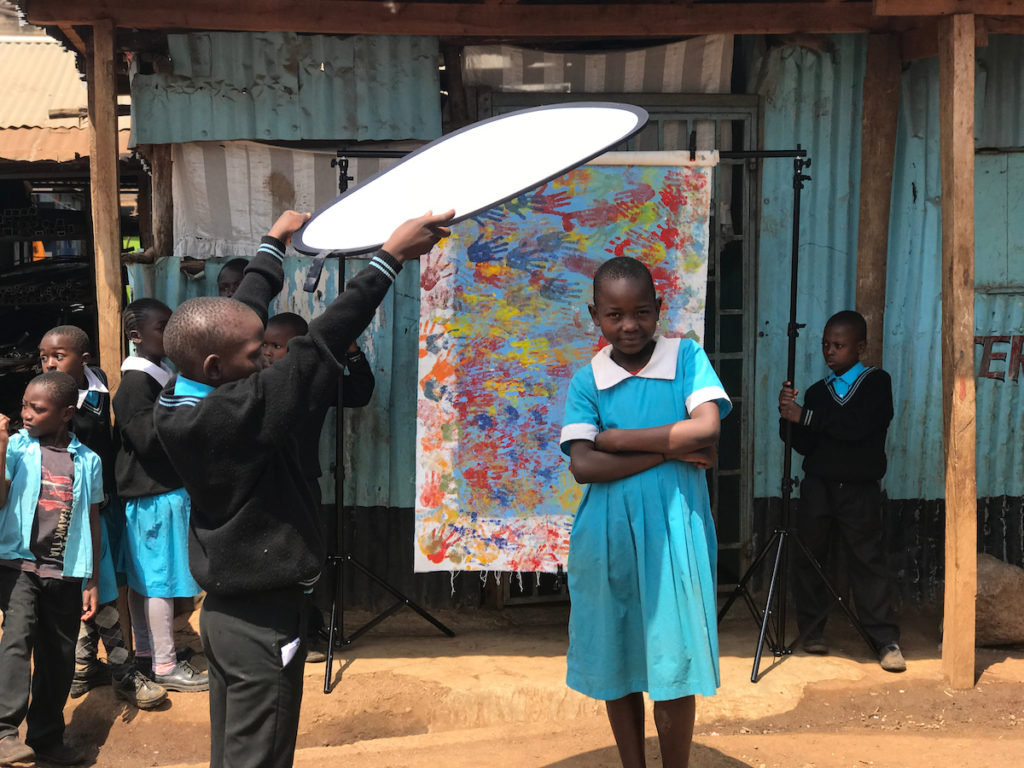
How did Photo Start come about?
Photo Start was founded by David Lehman in 2016 after he discovered an article on CNN describing another foundation’s work in the Mathare slums of Nairobi, Kenya. After learning about the struggles children living in the slums faced, David moved to Nairobi to help teach them life skills through photography workshops. And thus, Photo Start was born. The program began in the Mathare slums, and within the first year expanded to the Kibera slums where they now primarily work. Kibera is the largest urban slum in Africa with 60% of Nairobi’s population living on just 6% of the land.
Today, Photo Start is working to enhance the economic opportunities of students by teaching them critical skills, improve community relations, and create a self-perpetuating cycle of instruction where students become instructors and mentors.
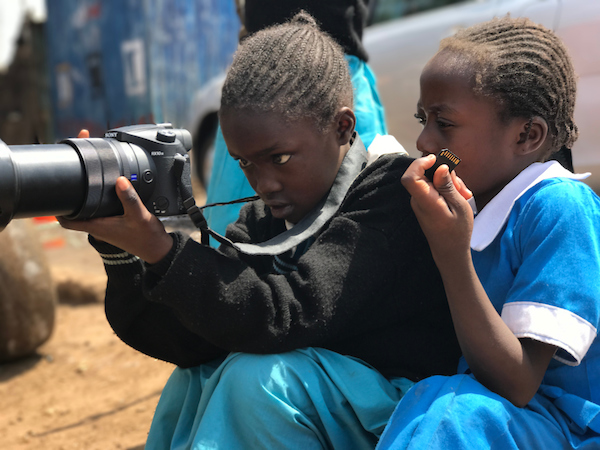
What is Photo Start’s approach to teaching?
Photo Start is a 501(c)3 charitable organization created to teach life and business skills through photography to children living in destitute and underserved areas around the globe. Their main goal is educating children by teaching them marketable skills, including intangible skills. These skills are not only a pre-requisite for modern photography, but also across most industries. Students learn everything from technology, to hygiene, collaboration, people skills, and more. After completing the Basic, Intermediate, and Advanced curriculums at Photo Start, students work their way through the course and become the teachers and mentors of the program.
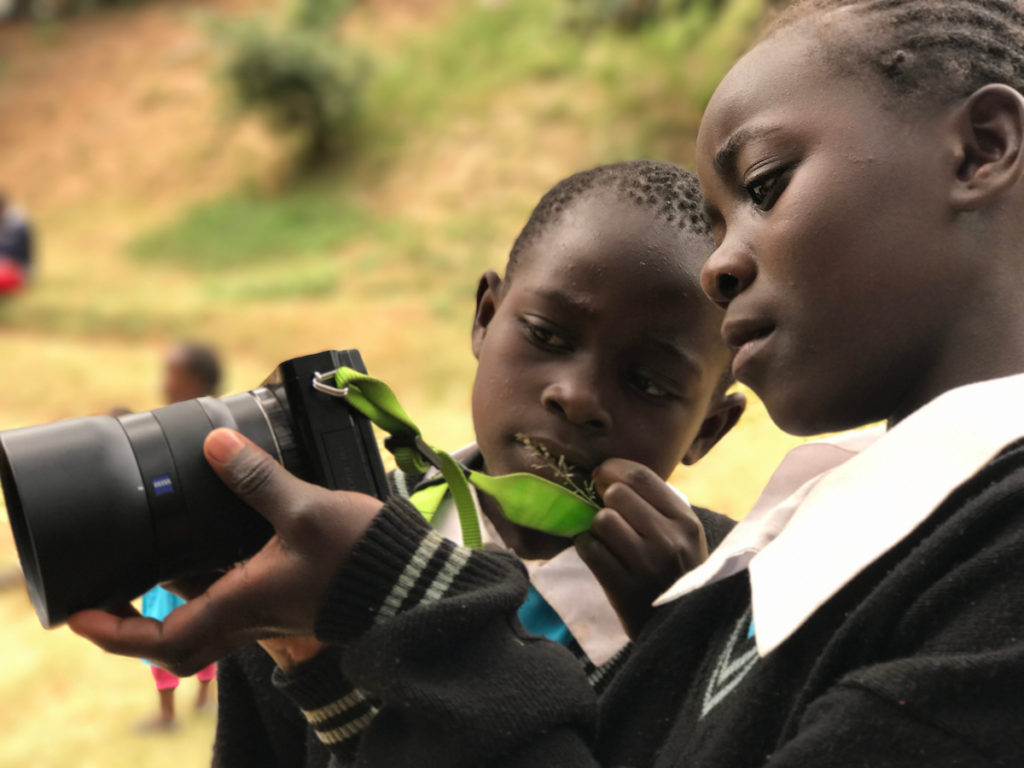
What skills do students learn?
The course curriculum covers Photography and Videography, Technology, and Personal and Community Development. Students in Kibera enrolled in the course participate in regularly scheduled sessions over the course of several months. These sessions teach students real-life skills such as:
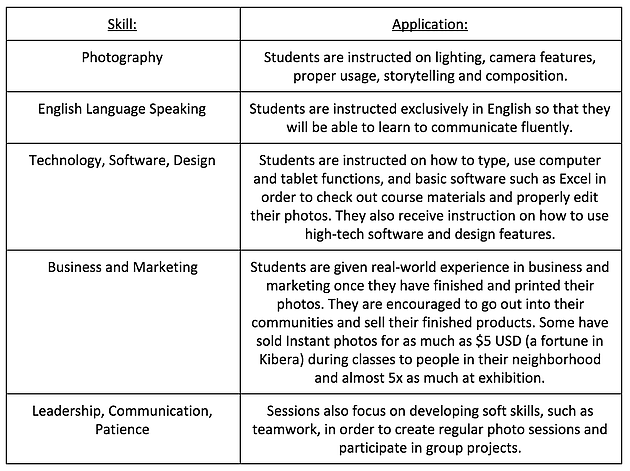
The program’s sessions consist of both theory and open shooting time, field trips to significant heritage and cultural sites, and lead to a final exhibition featuring the work students have created. By the end of the workshops, their students have an ability to create, tell, and share a story through words and pictures.
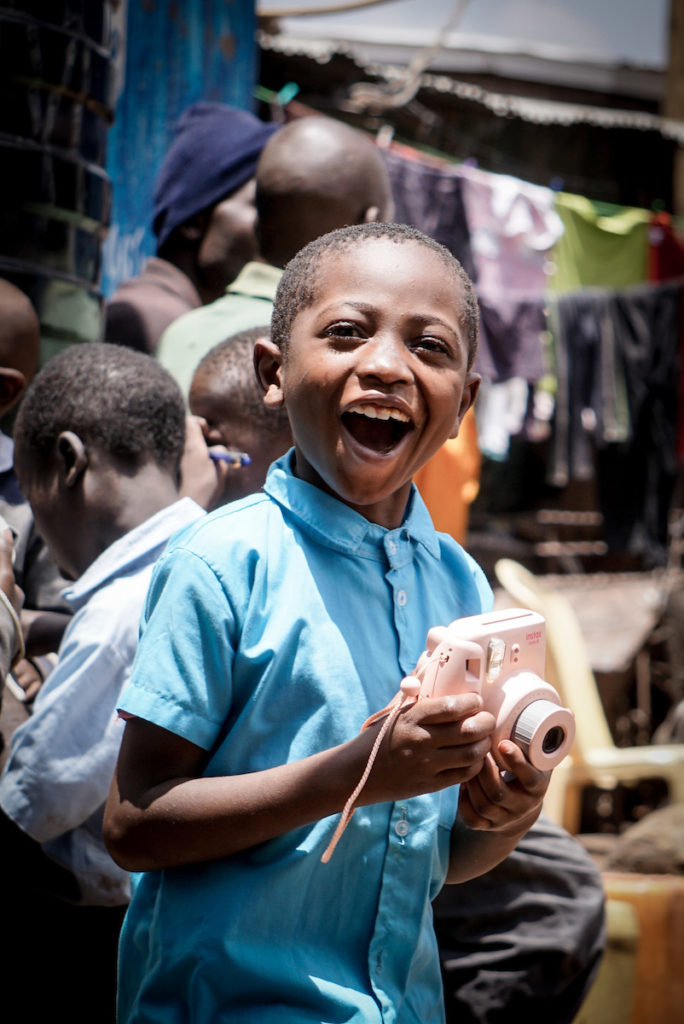
How does Photo Start use Photo Mechanic?
The Photo Start team has used Photo Mechanic since their inception because it is the “fastest dog on the track” when it comes to keeping up with their high volume of content. When asked them to tell us their thoughts on Photo Mechanic, Photo Start told us:
We consider Photo Mechanic to be our hacksaw. There is not a single program out that can operate at the speed that Photo Mechanic does. Most programs get bogged down with the amount of files we throw at it. The same sorting tasks in Lightroom may take 5x as long.
The workflow they use is very straightforward:
- Ingest and organize images into their initial folder structure
- Review images by either picking selects or removing bad images
- Keyword, rate, flag, color code, etc. This step is the last step in PM.
- Export images that have been selected to Adobe Lightroom where they do the bulk of their editing and maintain their overall catalog.
- Onward to Photoshop or DxO software as needed.
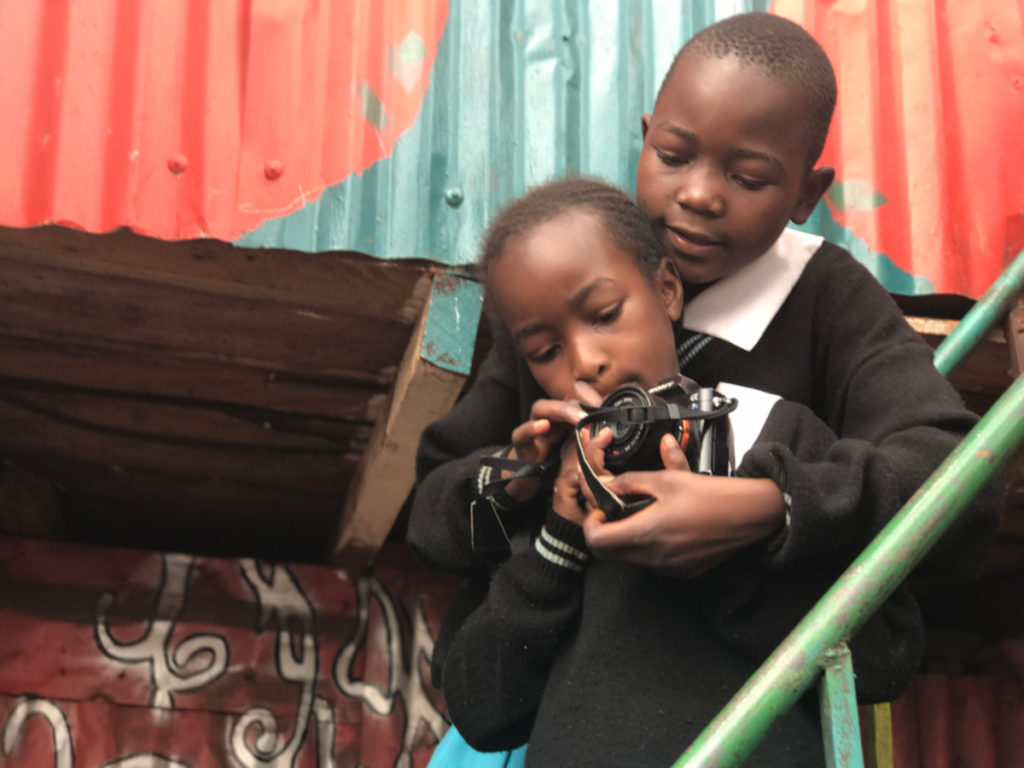
How do the students become mentors?
As the students progress through the Photo Start program, they are trained and encouraged to mentor other children. Post-mentorship, Photo Start students can become trainers within the program, which leads to workshops led exclusively by Photo Start graduates. In this way, Photo Start will establish a self-perpetuating cycle of instruction. This creates a deep, generational impact on the local community, and leads their students to become not only photographers, but successful and independent people in any field.
As their students have learned throughout the course, the Photo Start team also recounted what they have learned along the way. It was incredibly special for them to see the kids’ faces light up as they learn to capture the rough world around them from new perspectives. The kids love the cameras, they love to see their own likeness captured (especially when there aren’t many mirrors around), and they are whip smart. They develop habits and skills extremely quickly, with minimal intervention — point them in the right direction and watch them explore! For Photo Start, it’s an awesome adventure learning about Kibera, its culture, and the fierce determination of its residents to escape poverty.
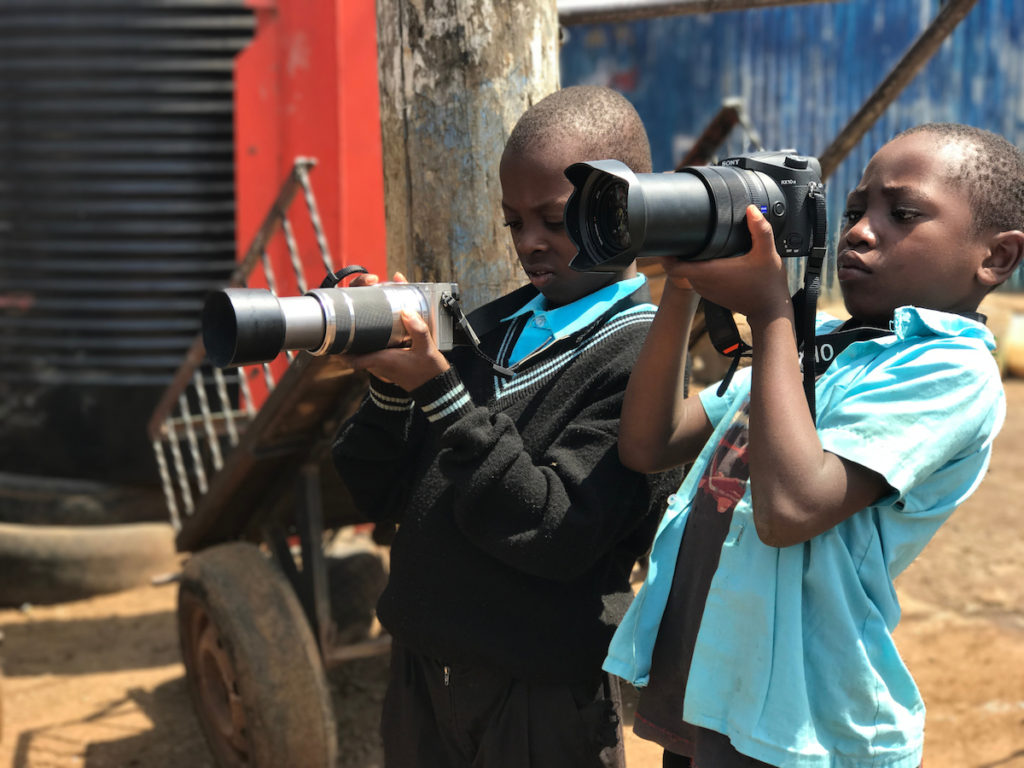
What’s next?
Their program started with 20 regular students in the Mathare slums, and consisted of classes six days a week. Last year, they picked up two new programs in Kibera and increased their roster to 60 students. They are planning to co-pilot projects in Zambia and South Africa this summer (stay tuned!). They are looking forward to a joint program with the Nairobi National Museums this summer, with an exhibition there to follow. Over the next three weeks they will be exploring controlling light with modifiers, reflectors/diffusers, and flash photography. The children are experimenting with more video opportunities, and some are beginning to even make their own Soundtracks in GarageBand.
If you would like to donate to Photo Start, you can donate here. You can also follow them on Facebook or Twitter!
